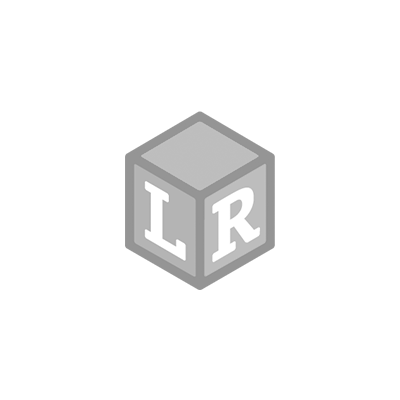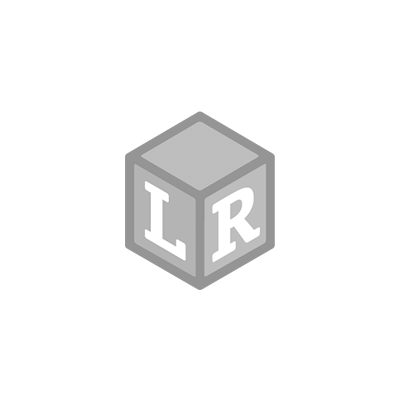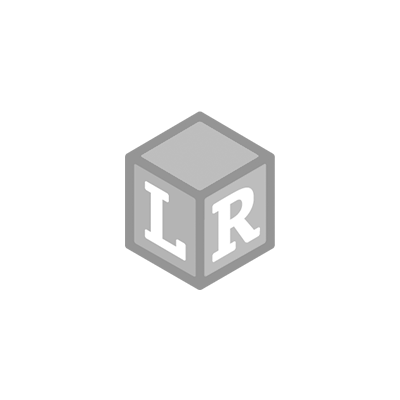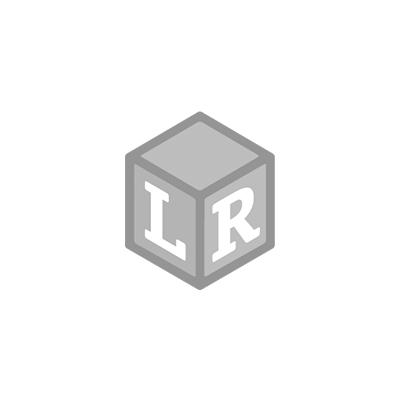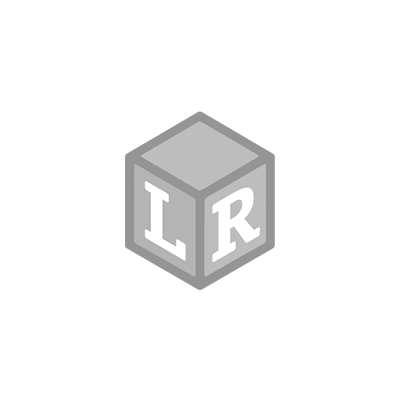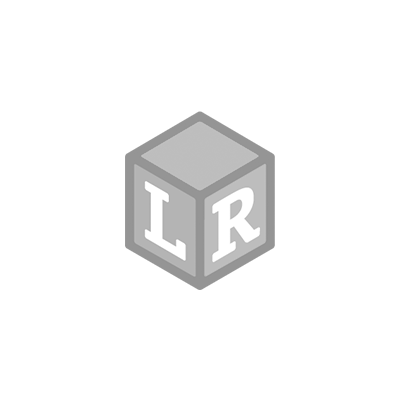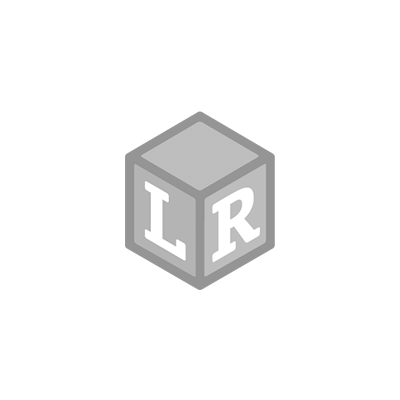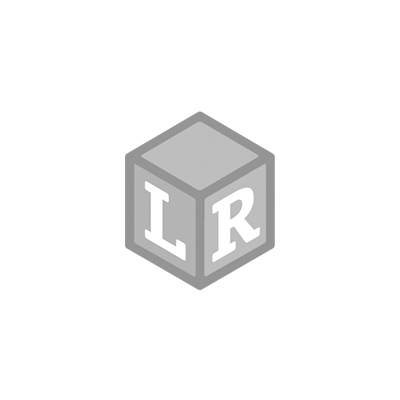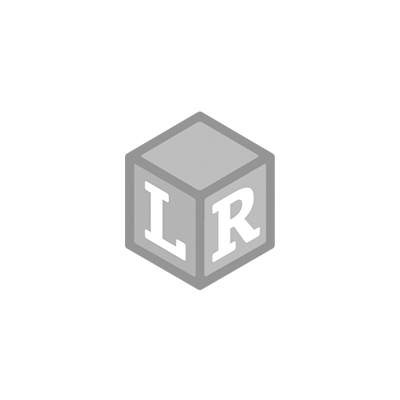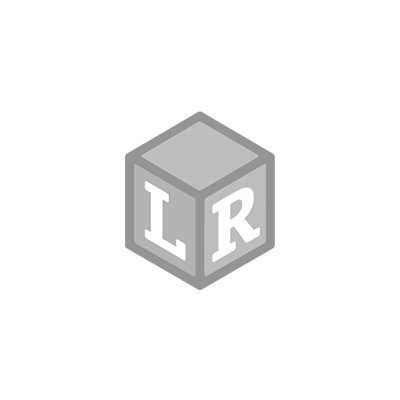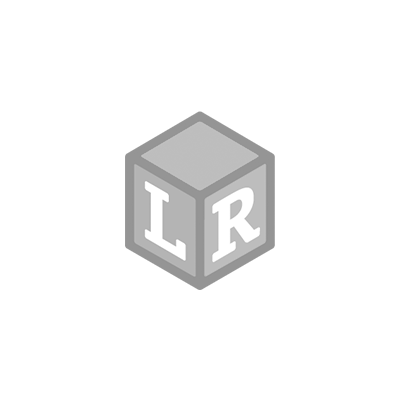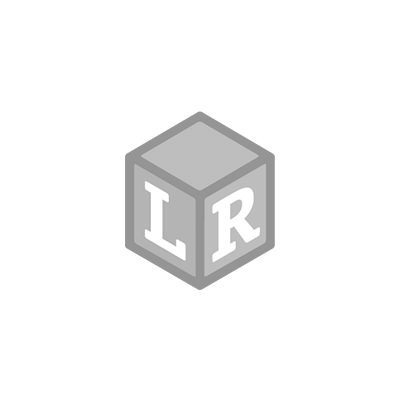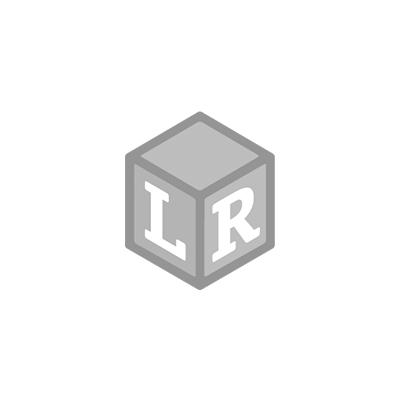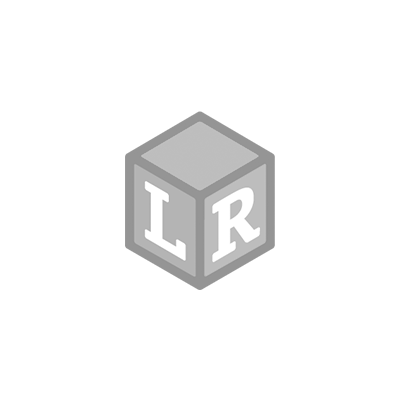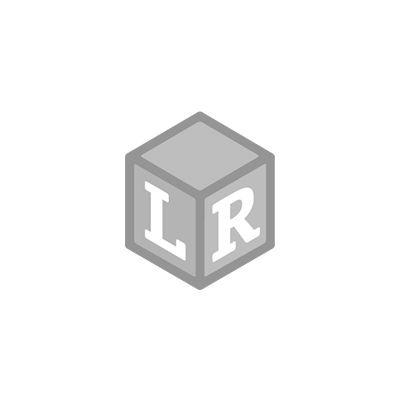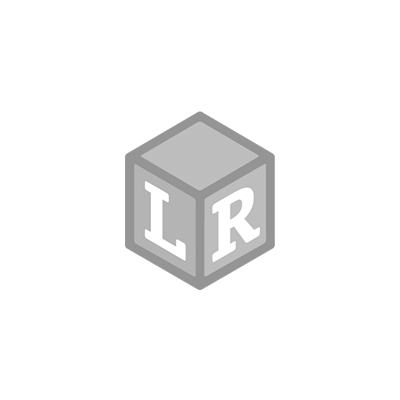Learning Resources Snap-n-Learn Toys: The Perfect Easter Egg Alternative
- Learning Resources Posted On Mar 12, 2023 | Seasonal
Easter egg hunts are a beloved tradition but can be messy and time-consuming. Learning Resources Snap-n-Learn Toys are the perfect solution if you're looking for a fun alternative. This blog post will explore how these toys can be used as Easter egg alternatives and why they're a great addition to any child's toy collection.
What are Snap-n-Learn Toys?
Snap-n-Learn Toys are colorful, interactive toys designed to help young children learn essential skills such as counting, sorting, and matching. They come in various shapes and sizes and are made of durable plastic that can withstand the wear and tear of little hands.
Snap-n-Learn™ Shape Snails
These snails carry a load of new skills right on their backs! This 20-piece set features five numbered snails, each with a removable shape shell. Count 1-5, match by shape, number, color, and more. With their cute designs, these snails are great for pretend play, too!
Snap-n-Learn™ Narwhals and Friends
Narwhals and hide-inside shape friends (happy heart, smiley sun, lucky clover, and more!) help kids learn colors, build fine motor skills, and develop their imaginations. Match the bright pieces by color or shape, or mix them up and play!
Snap-n-Learn™ Surprise Squirrels
Pop open the 5 textured acorns, discover the surprise squirrels, and start building shape, color, number, and matching skills. Squirrels double as finger puppets for fun imaginative play.
Using Snap-n-Learn Toys as Easter Egg Alternatives
Instead of filling plastic eggs with candy and trinkets, you can use Snap-n-Learn Toys as the eggs! These toys are not only fun to play with, but they also allow your child to learn and develop essential skills. For example, you can use the Snap-n-Learn toys to create a scavenger hunt, each containing a clue to the following location.
The Benefits of Snap-n-Learn Toys
Snap-n-Learn Toys are a fun and educational Easter egg alternative and provide numerous benefits for your child's development. These toys can help your child develop fine motor skills, hand-eye coordination, and problem-solving skills. They also encourage creativity and imagination, as your child can use the toys to create their own stories and scenarios.
Learning Resources Snap-n-Learn Toys are a perfect Easter egg alternative that is fun and educational. They allow your child to learn and develop essential skills while promoting creativity and imagination. Using these toys as Easter egg alternatives, you can create a memorable holiday tradition that your child will love.
 Shop UK Site
Shop UK Site 

